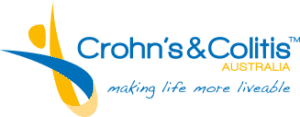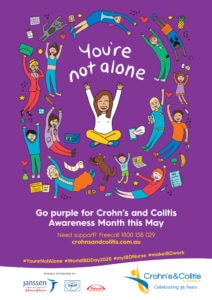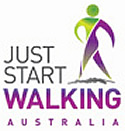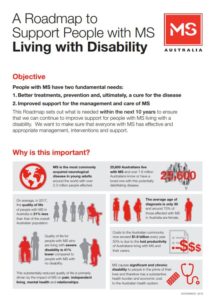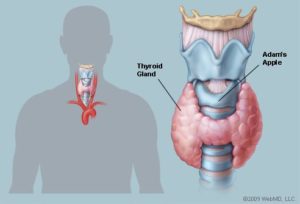Why you should give blood
Blood transfusion saves lives and improves health, but many patients requiring transfusion do not have timely access to safe blood. Providing safe and adequate blood should be an integral part of every country’s national health care policy and infrastructure.
Click on the link to hear why you should donate blood:
https://www.health.qld.gov.au/news-events/news/why-you-should-donate-blood
About 118.4 million blood donations are collected worldwide. 40% of these are collected in high-income countries, home to 16 % of the world’s population.
About 13 300 blood centres in 169 countries report collecting a total of 106 million donations. Collections at blood centres vary according to income group. The median annual donations per blood centre is 1 300 in the low-income countries, 4 400 in lower-middle-income countries and 9 300 in upper-middle-income countries, as compared to 25 700 in high-income countries.
There is a marked difference in the level of access to blood between low- and high-income countries. The whole blood donation rate is an indicator for the general availability of blood in a country. The median blood donation rate in high-income countries is 31.5 donations per 1000 people. This compares with 15.9 donations per 1000 people in upper-middle-income countries, 6.8 donations per 1000 people in lower-middle-income countries, and five donations per 1000 people in low-income countries.
62 countries report collecting fewer than 10 donations per 1000 people. Of these, 34 countries are in the WHO African Region, four in the WHO Region of the Americas, six in the WHO Eastern Mediterranean region, three in the WHO European Region, six in the WHO South-Eastern Asia Region, and nine in the WHO Western Pacific Region. All are low- or middle-income countries.
To find out more about blood click on the link below: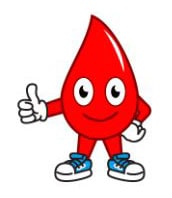
https://www.who.int/news-room/fact-sheets/detail/blood-safety-and-availability
Thinking about donating?
If you’re interested in donating blood, visit the Australian Red Cross Blood Service website to learn more about how blood donation works, who donations help and the types of donation possible. Take the quiz to find out if you are eligible to donate, or call 13 14 95 to talk to Red Cross staff about donating.
Want to know more, click on this Youtube video from Facts.net for more blood facts:











